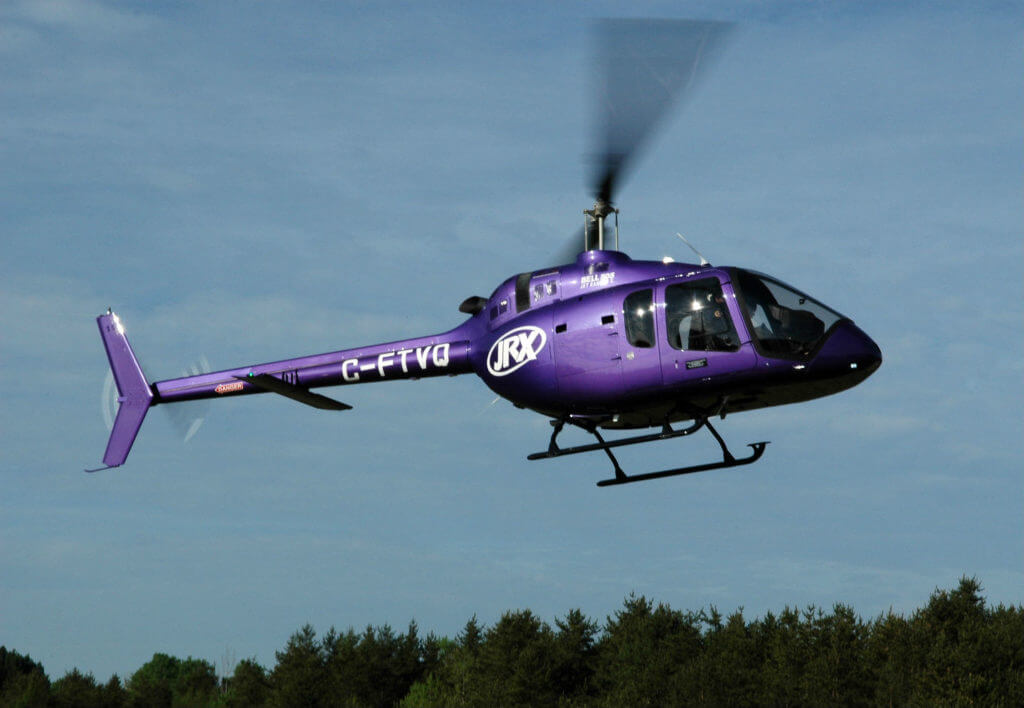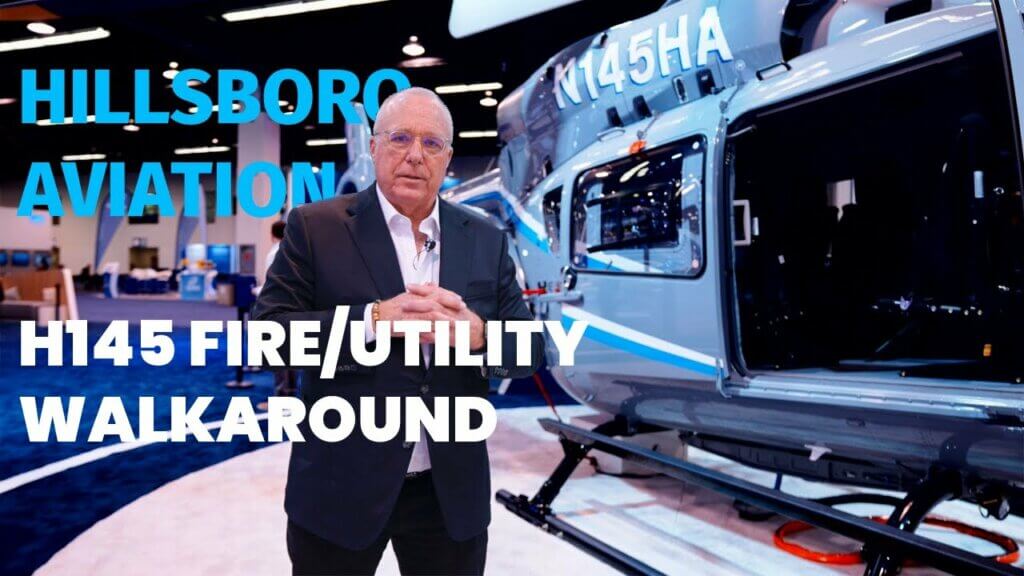When Bell Helicopter Textron opened the 505 Jet Ranger X production line in Mirabel, Quebec, it opted to borrow a page from the playbook of its sister assembly center in Lafayette, Louisiana.

“In Lafayette, we have a very lean vision that we are trying to replicate here,” said Francis Tessier, senior manager of manufacturing, during a recent tour of the Mirabel facility. “Some of the vision is not easy to replicate because we already have a culture here, a history here. But most of [the changes] have been introduced.”
As part of a plan to “minimize the footprint” and “maximize every single space on the floor,” Bell Helicopter introduced SAP enterprise resource planning and data management programs to the 505 assembly line to streamline its production processes and improve efficiency. The lessons being learned there could soon be adapted for other helicopter production lines in the plant.
Bell is moving to what Tessier called a “visual management” system, where tools and parts are easy to access and account for — missing components are readily visible in the trays — and where tablets provide workers with a graphic virtual representation of every task.
“We want the employee to have everything around him or her, close to the aircraft,” he said. “The racking system [has] a tray for your tools, a suitcase for hardware, and buggy with all the shop supplies and equipment next to you.”
Because the 505 line ramped up so quickly, any disruption in the line created a logjam as employees worked to resolve the problem. Tessier said the exacting SAP system is still a work in progress, but it has helped ensure all stations move ahead at the same time. “It’s taking more time because we are firefighting some problems at the same time that we are trying to industrialize,” he said, “but we [have done] a pretty good job with all those challenges.”
On a remarkably quiet shop floor — Bell has moved to battery rather than air-powered tools — the Jet Ranger X is assembled in a series of stations that bring together the cabin and transmission and then install customer options before the tail boom is attached. The integration of the optional components into the main production line has had a significant impact on production time.
“We are bringing the aircraft four days earlier to the customer,” said Tessier. “And it’s reducing the cost because we are reducing the hours.”
The improvements to the manufacturing process come as Bell Helicopter prepares to ramp up production. Cynthia Garneau, president of Bell Helicopter Textron Canada, said delays with aircraft certification in some jurisdictions were now behind the company and conversion of some 400 letters of intent was “going to plan.”
The 505 received certification from Canadian and U.S. regulatory agencies in December 2016 and June 2017, respectively, and the European Aviation Safety Agency followed suit in the fall of 2017. The helicopter is now certified in 16 countries.
“We’re now at a point where we are meeting our commitments to our customers in terms of delivering aircraft. And we have a pretty solidly booked backlog for the next couple of years,” Garneau said in a pre-Heli-Expo meeting with aviation journalists.
Garneau would not reveal production targets for 2018, but she agreed there would be a “sizeable jump” over 2017. The rotor market in general appears to be coming back, she noted, which should bode well for the 505.
“I’d say that we are at a good place right now in terms of the commercial market and in terms of our capacity and what we are able to produce out of here. We’re adjusting our move rate to what the market requires, and we are definitely ready to produce more when it picks up some more.”
Among her target markets for the 505 will be helicopter training operators, including militaries.
“Many entities are looking at this aircraft because of the performance, the cost competitiveness, and the technology it has with the glass cockpit. It represents a great solution for training the new generation of pilots out there,” she said.









